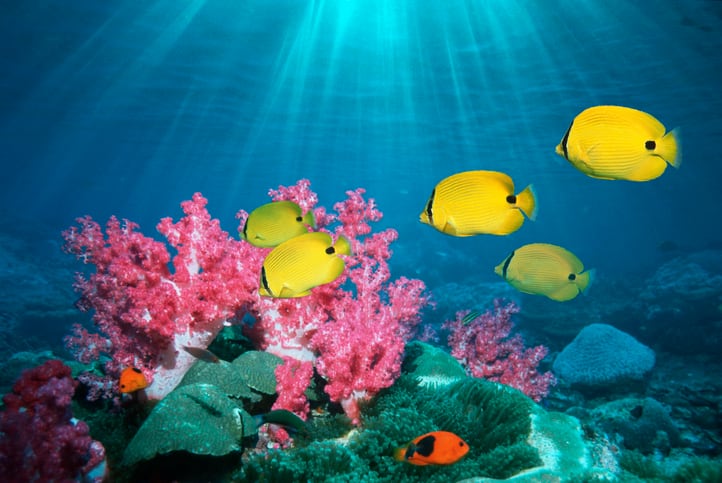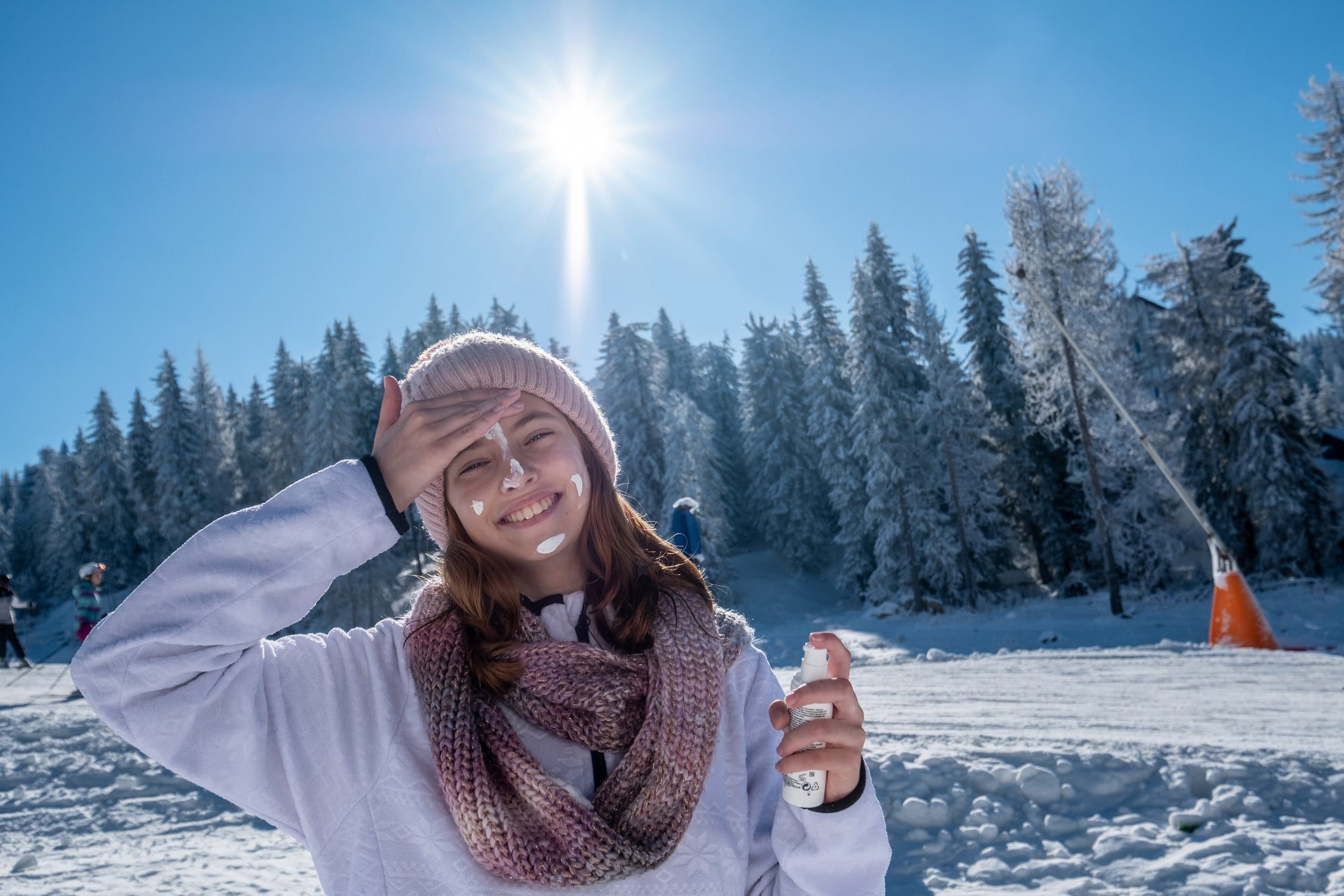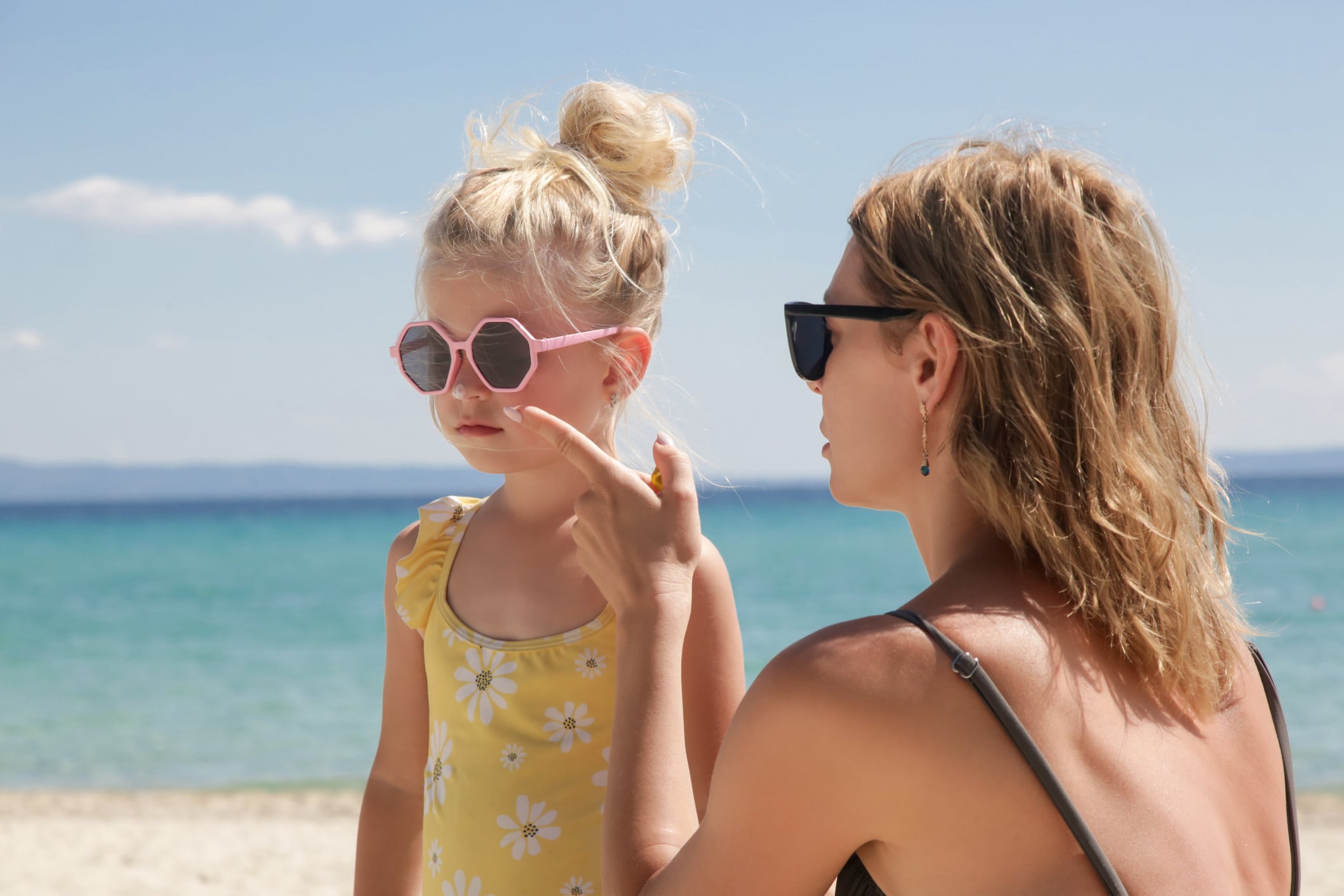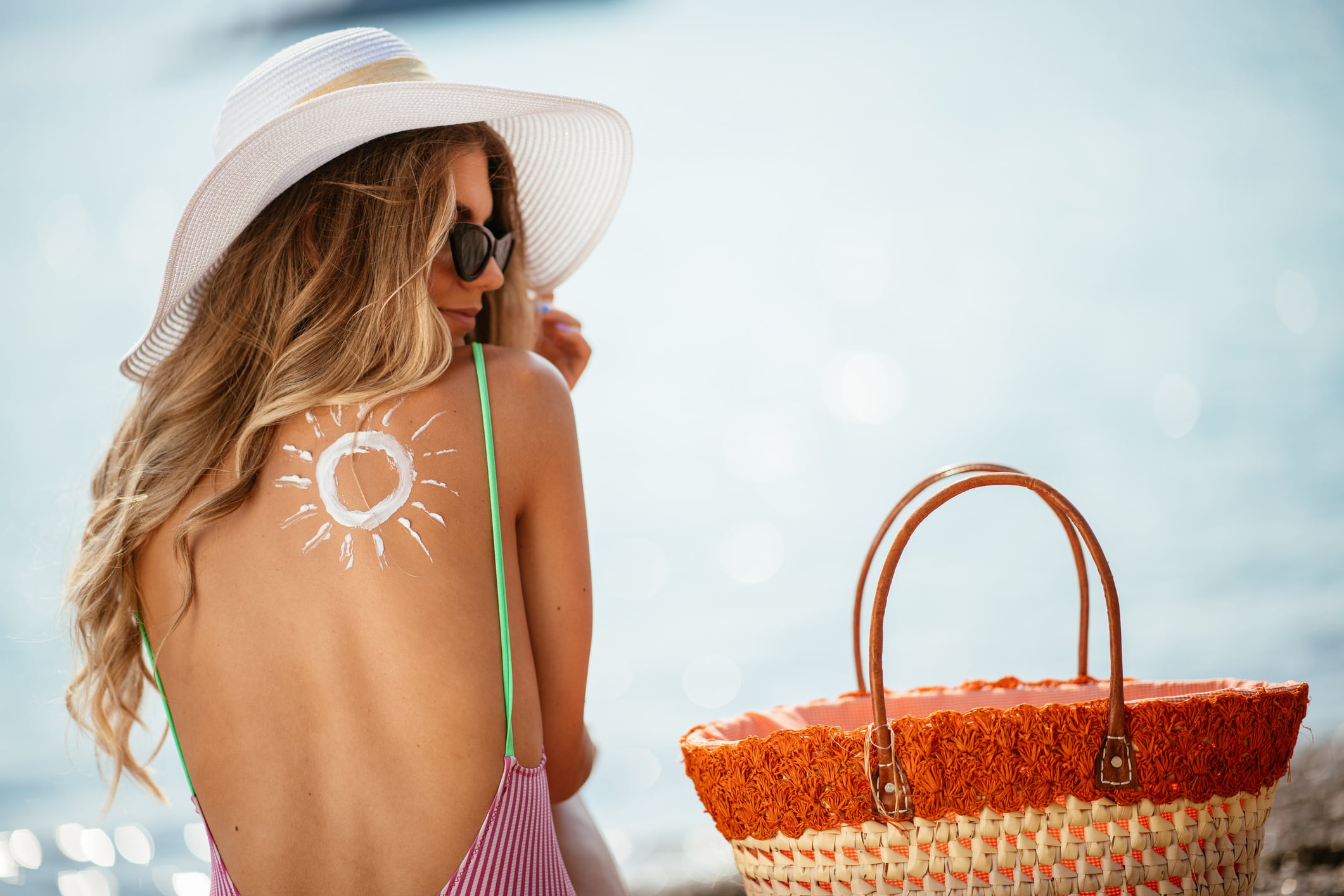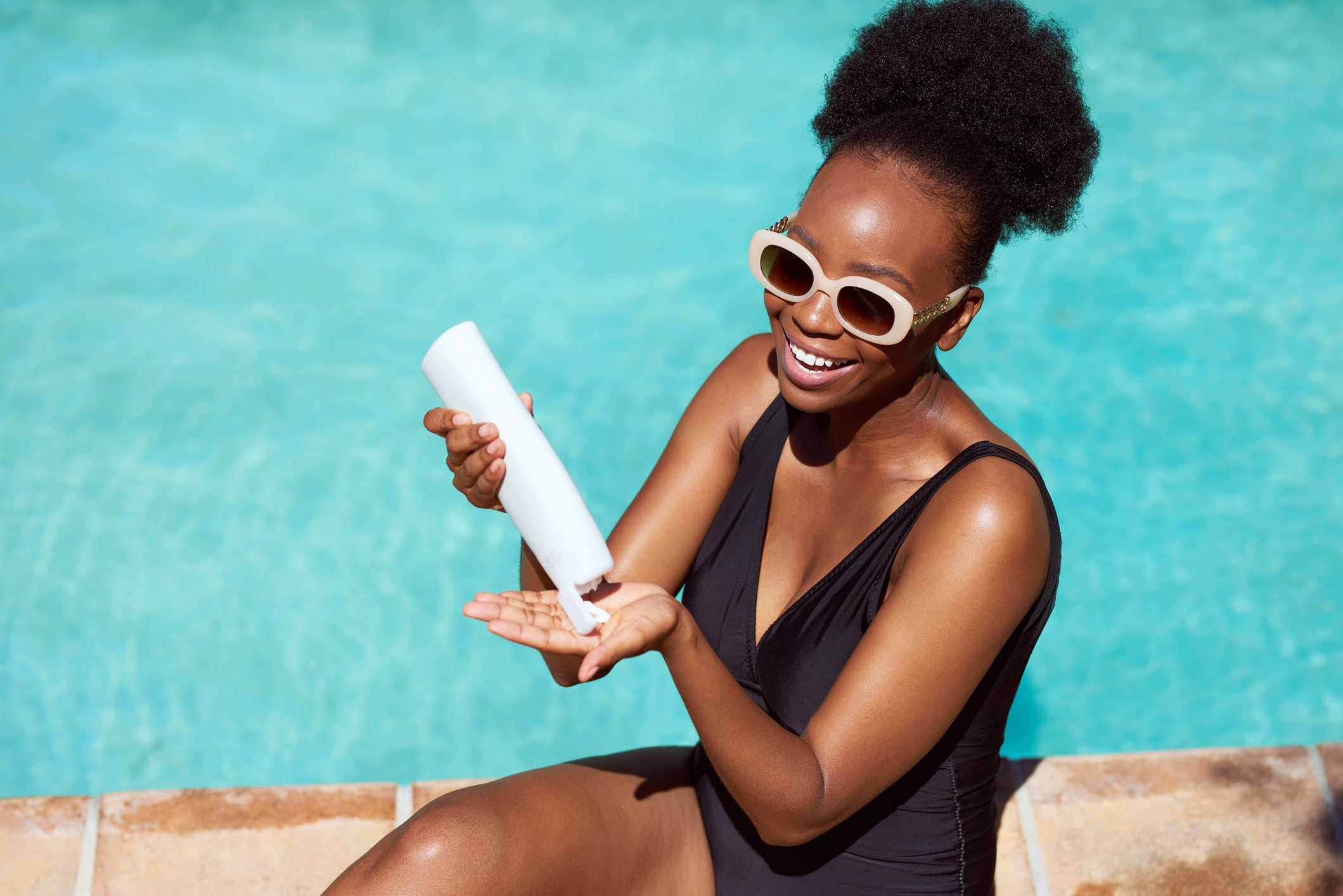From ingestible sunscreen to microbiome-based innovations and formulations for melanin-rich skin tones, what’s happening in the sun care sector?
Ingestible sun care
Straddling the boundaries between cosmetic products and nutraceuticals, edible suncare has been on the horizon for over a decade, yet there has been many doubts and concerns about efficacy.
However, this is an area that’s now gaining speed in terms of innovation.
For example, European nutricosmetics ingredients company Tosla Nutricosmetics recently shared more about its Lumina 365 innovation. an edible sun care ingredient.
The company has been clinically testing the product, which it describes as a “carefully curated blend of natural ingredients designed to enhance UV resilience.” The formulation includes Calaguala rhizome extract, blood orange fruit extract and vitamins
The company undertook an eight-week, double-blind, randomized, placebo-controlled clinical trial to assess the efficacy.
It enrolled a total of 54 participants (mostly female), aged 21–65 with skin phototypes I–III to evaluate the effects of a daily 25ml dose.
The results show that the ingredient offers enhanced UV protection:
The supplement increased participants' minimal erythema dose (MED), which indicates the UVB dose required to cause skin redness. This threshold increased by 23.8% after taking the supplement.
Also, 24 hours post-UVB exposure, the degree of redness was reduced by 46.2%, which the company said demonstrated “a significant reduction in UVB-induced erythema, a hallmark of skin inflammation.”
Various beauty and wellness brands have also been innovating in this space.
French brand Jaldes’ launched Oxelio Protect – a supplement designed for protecting fair skin from UV damage. It contains tomato carotenoids Lycopene and Beta-carotene to protect skin against the sun’s rays, which contribute to the premature aging of skin. The product also contains zinc, selenium and vitamins C and E to help protect cells against oxidative stress triggered by sun exposure.
Meanwhile, Spanish Cantabria Labs’ sun protection brand ‘Heliocare’ has an oral supplement designed to “offer an internal line of defence against harmful UV radiation.”
The product is formulated to offer free radical defence with the patented ingredient Fernblock, derived from the fern Polypodium leucotomos, suggested to defend skin cells from damage caused by the sun and protect skin cell DNA.
Meanwhile Puig’s doctor-based skincare brand, Dr. Barbara Sturm has Sun Skin, which it says: “contains valuable vitamins, polyphenols and trace elements that help support the skin whilst in the sun.”
Ingredients include Fern, Raw Cacao and Green Tea Extract, Beta-Carotene, Selenium, Vitamins C and E, Glutathione, Purslane and Zinc, which the brand said helps to “protect the cells from oxidative stress caused by exposure to UV radiation.”
This innovation isn’t just limited to Europe.
The South Korean derma skin care brand Cell Fusion C has hopped on the trend too and launched two edible sun care products: Cell Fusion C UV Care Formula Jelly and Cell Fusion C UV Care Formula Powder, which are targeted at addressing skin damage caused by ultraviolet (UV) rays.
Specifically, UV Care Formula Jelly contains 1000mg of a 100% locally produced ingredient called Agatri. The patented plant extract is derived from Korean mint (Agastache rugosa), a raw material that is used in traditional Oriental medicine.
It is said to help reduce inflammation and wrinkles caused by sun damage and increase collagen and hyaluronic acid synthesis to improve skin hydration and elasticity.
In addition, it decreases trans-epidermal water loss (TEWL) and production of reactive oxygen species (ROS), which are factors contributing to skin aging.

Microbiome-based sun protection
As scientists understand more about the skin microbiome, suncare products are also looking to better align with the user’s own bacteria.
One example of this is the Italian microbiome startup Bacfarm, which commercialises new molecules extracted from bacteria.
Last October, the company won Shiseido’s annual startup competition with an innovation that could be used in both topical and ingestible sun care products.
The company is now having the bacteria-based UV protection ingredient realised as a ‘proof of concept’ for Shiseido’s microbiome-based skin care brand, Gallinée.
According to Bacfarm, the ingredient boasts high antioxidant, filtering, coloring, and other properties and can address the growing global demand for raw materials sourced from alternative and sustainable sources.
The innovation also attempts to find a solution to the instability of the chemical filters used today. It’s extracted from Deinococcus radiodurans, which Bacfarm dubs “the most radiation-resistant organism ever.”
Bacfarm’s cofounder Giulia Guadalupi said the company focuses on extremophiles, which are bacteria that thrive in extreme environmental conditions. “Their natural resilience makes them perfect candidates for our technological innovations, looking for new ingredients that find applications in different sectors,” she explained.
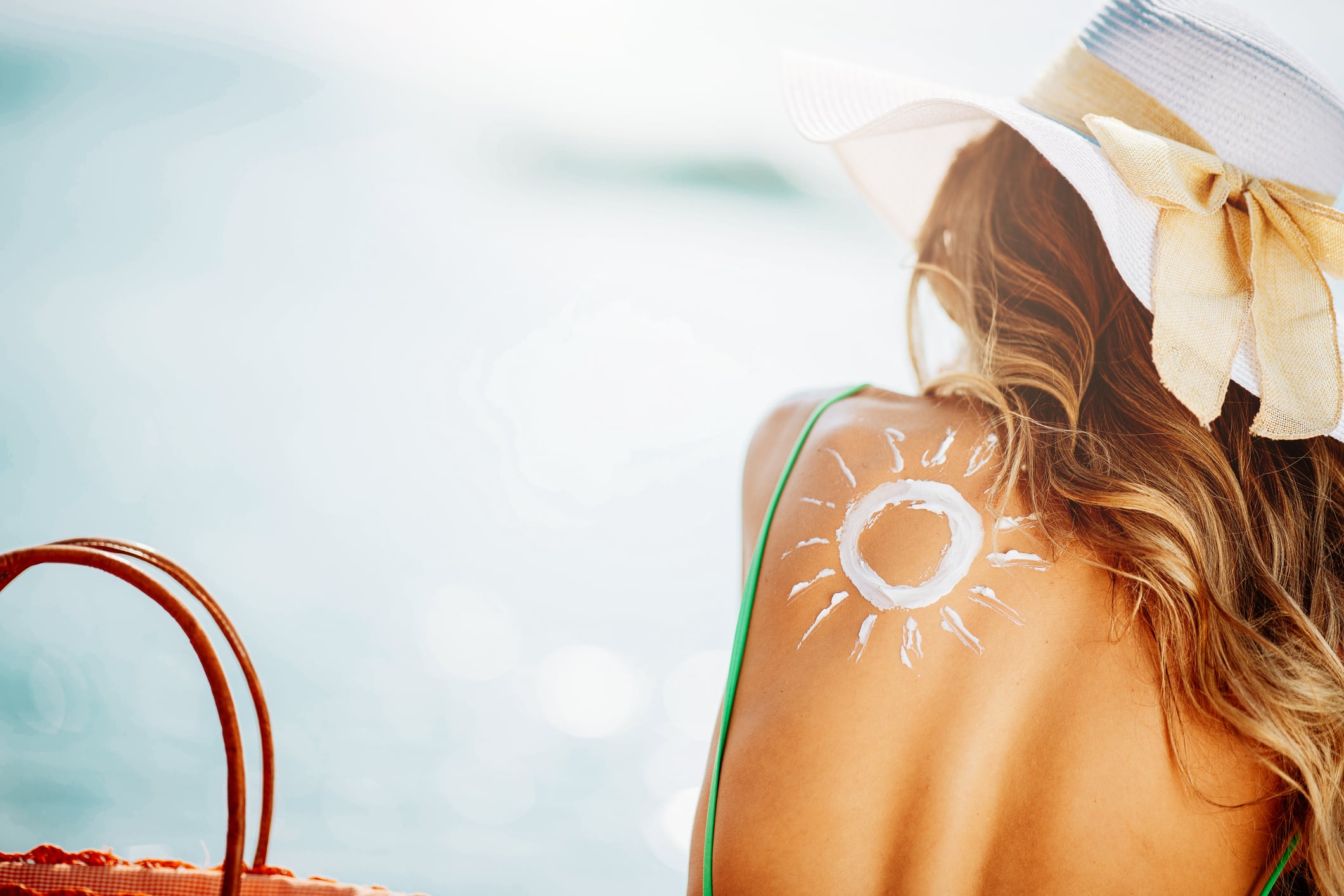
Sun care for melanin-rich skin
Historically, it was believed that melanin-rich skin did not require sun protection due to the natural protection it already offers. However, this has its limitations and cannot compete with specially formulated sun protection products designed to shield the skin from sunburn, skin damage, discolouration, fine lines, and serious health conditions like skin cancer.
Thanks to the wealth of information now available online, black consumers are keenly aware of exactly what they want from their sun protection products.
Recently, we’ve seen the emergence of alternative sun protection products like gels, balms, and oil-based formulations, which are proving popular with those with darker skin tones, due to their ability to absorb into the skin with ease.
Oils have always been a popular choice for dark skin tones, as they not only keep melanin-rich skin soft and supple, but also provide a protective barrier. Unlike traditional tanning oils used by those with fairer skin to achieve a golden-brown hue, we’re now seeing the emergence of sunscreen oils that solely operate to protect and give darker skin a desirable glow.
As it currently stands, brands renowned for being inclusive and offering a broad spectrum of sun protection products, like Supergoop, Paula’s Choice, and Vichy, offer sunscreen oils as part of their product portfolio. Given the growing demand, there is ample opportunity for other brands to enter this space.
Hair sunscreen is also a growing space for black consumers, as their hair is typically susceptible to dryness and breakage. Consumer trends company Spate reports over 10,000 monthly Google searches and a 13% year-on-year growth of the search term ‘hair sunscreen.’
Currently, most sun protection users focus on the face and skin, often neglecting the scalp. However, this is changing. Brands like Curlsmith and Aveda, known for serving the curly hair community, have produced hair sunscreen products to protect curls against the effects of heat and UV rays.
Similarly, sun protection brand Ultrasun has tapped into the need for scalp protection with its UV Mist Spray, an easily absorbed light mist that’s particularly suited to black women who wear braids.
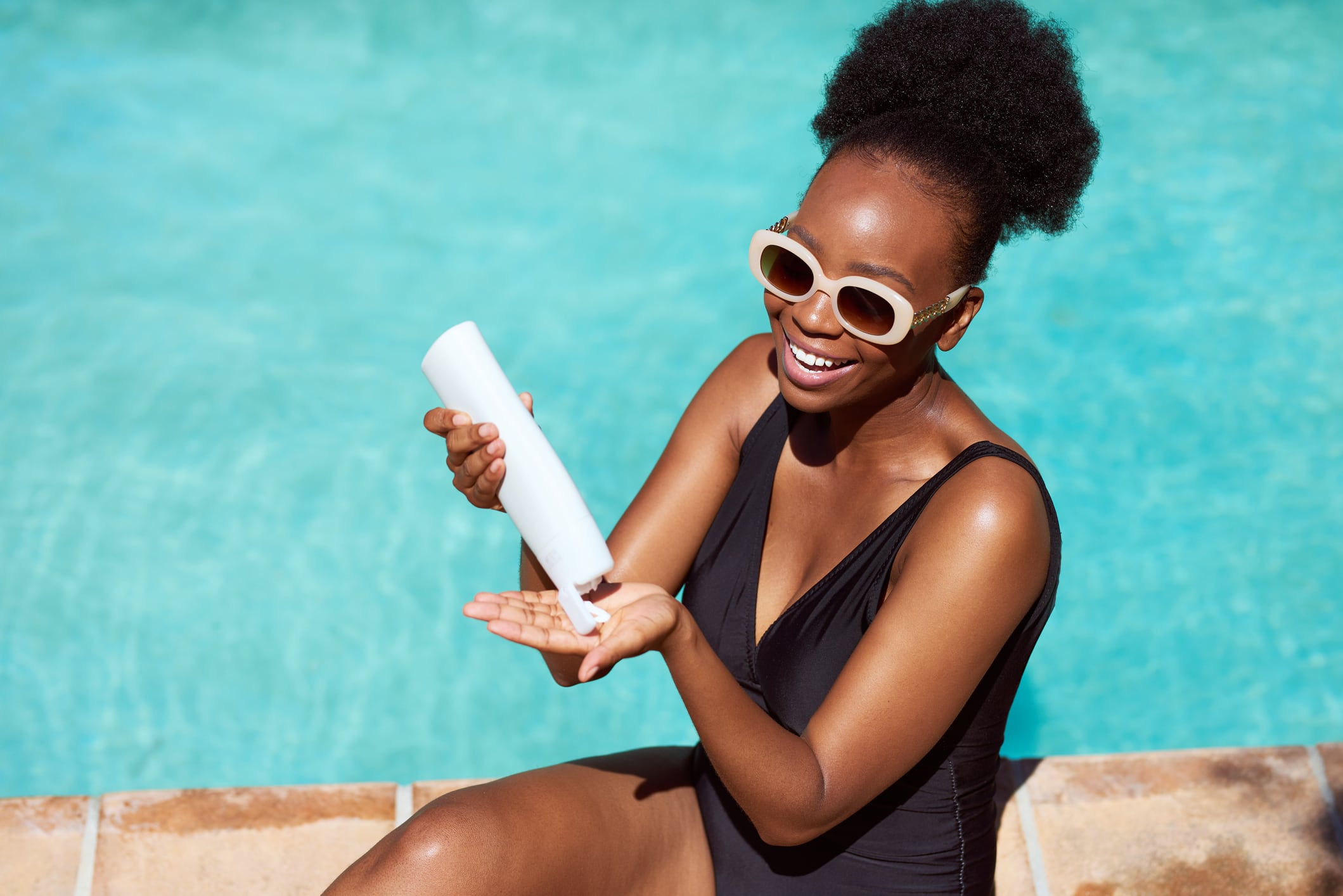
Sustainable sun care formulations & packaging
Topical application of sun care products poses a risk to marine environments and this has put pressure on brands to come up with solutions that have less impact on aquatic life and the environment.
According to market intelligence firm Mintel, data from its Global New Products Database (GNPD) database, which tracks new product launches, showed that since 2018 there has been an increase of over 25% of launches that have a sustainability claim in the global sun care market.
The firm noted that many brands are adopting sustainable packaging options like recyclable materials and plastic-free packaging.
One example of this is French sun care brand Hei Poa, which worked with packaging company Quadpack to produce an aesthetically beautiful pack that minimised the amount of plastic and was also easy to apply to the face.
To reduce plastic content and facilitate recycling, Hei Poa used 50% post-consumer recycled (PCR) plastic to be added to the mono-material PP pack. A refill is also available at a reduced cost to encourage refill habits.
Mintel highlighted that some forward-thinking brands are also innovating with reef-safe and eco-friendly formulations.
One example it drew attention to was Everyday California’s Mineral SPF30 Reef Safe Sunscreen Lotion, which prides itself on having a formula that is safe for reef wildlife.
It includes ingredients like sea kelp and vitamin E, and excludes parabens or UV filters.
“Looking ahead, brands in the sunscreen industry need to look further than just skin protection,” Mintel said.
